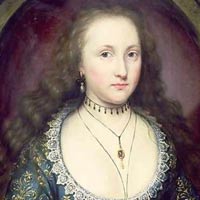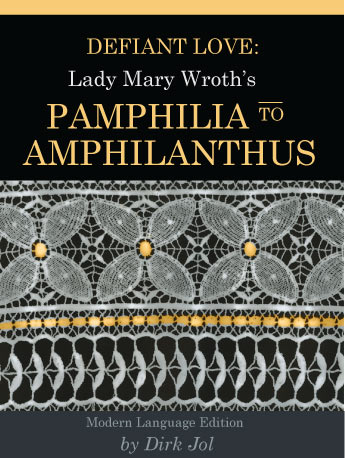Brief biography of Lady Mary Wroth

Mary was born in , into the distinguished Sidney family, then in the 29th year of Queen Elizabeth’s reign. Mary was the fifth of 11 children born to her mother, Barbara Gamage of Glamorgan. Her father, Robert Sidney, her uncle Philip Sidney and her aunt Mary Herbert (née Sidney) were all acclaimed writers.
Mary Sidney grew up and was educated at the family seat, Penshurst Place, in Kent, today one of the last surviving great houses in Britain from the middle ages. She was reported to have met Queen Elizabeth on at least two occasions, once at Penshurst and once at court. At the age of 17, she was married to Sir Howard Wroth. It was an unhappy marriage from the start, her new husband apparently given to excessive drinking and gambling.
Mary Sidney took an active part in court entertainments during her early married life. After the deaths of both her husband and her only child in 1614, she began an illicit relationship with another courtier, her cousin, William Herbert, 3rd Earl of Pembroke. They had two children out of wedlock. In 1621, Mary Sidney published her novel The Countess of Montgomery’s Urania. Readers deemed it to be a thinly disguised account of life at court, and a number of courtiers considered it slanderous. Accordingly, she was forced to withdraw the book from sale, but many copies were already in circulation. Fortunately for posterity, the sonnet cycle Pamphilia, to Amphilanthus had been attached to the end of the novel. A sequel, the second part of the Countess of Montgomery’s Urania remained in manuscript until 1999, when it was published by the Arizona Center for Medieval and Renaissance Studies.
Unable to publish any work after her novel came out, Mary Sidney withdrew from court. William Herbert also broke off his relationship with her. She lived in reduced circumstances until her death in her mid-60s.

